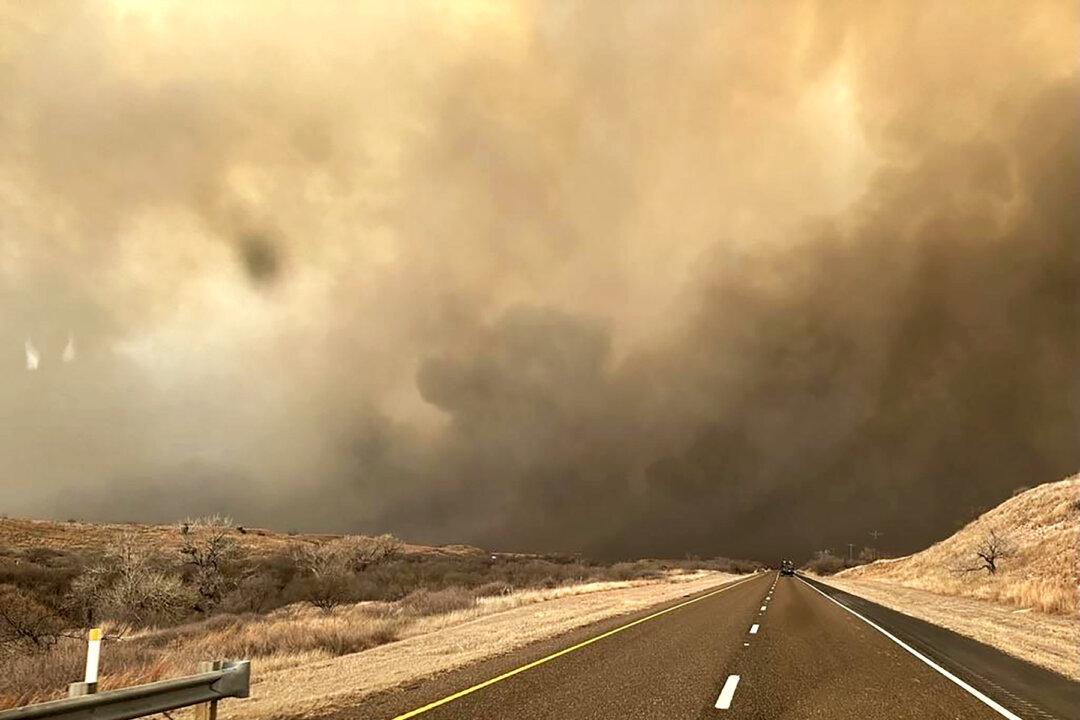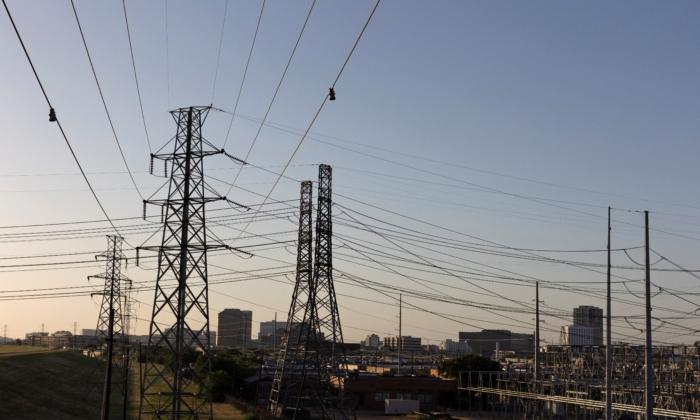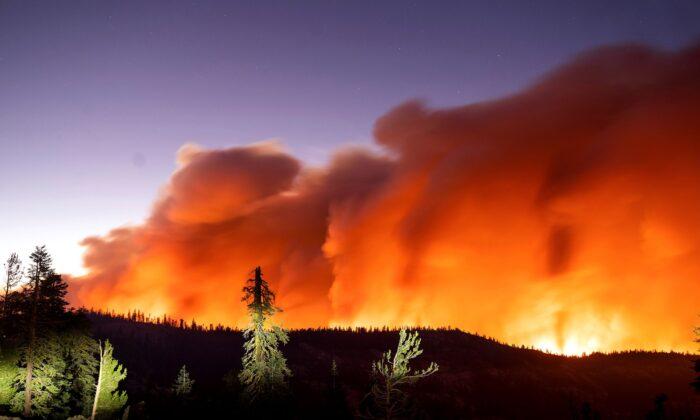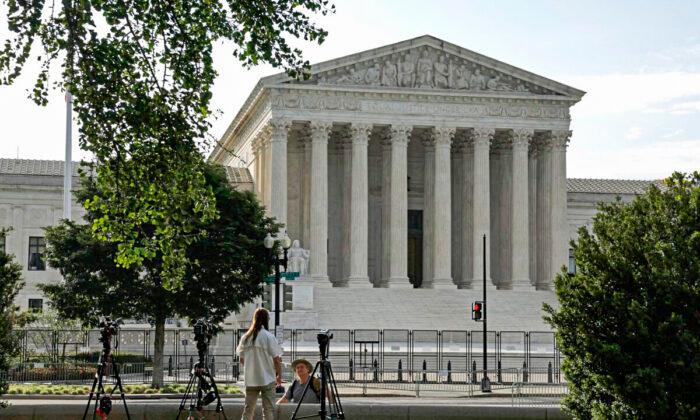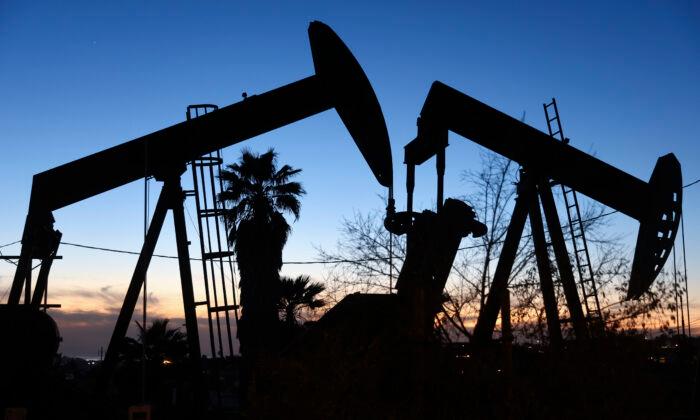Contrary to the prevailing narrative pushed by the media, climate change isn’t behind every natural disaster or extreme weather event.
Commentary
At more than 1.1 million acres in size, the massive
Smokehouse Creek Fire is the largest recorded wildfire in Texas history. Images of the charred prairie, livestock, and homes are tragic.
Driven by unseasonably hot temperatures and high winds, which are common in West Texas, the wildfire quickly grew, even entering parts of neighboring Oklahoma.
Here’s the problem: The stories are false. Multiple lines of real-world data demonstrate that there is no link between the Smokehouse Creek Fire and climate change.
Considering that fewer hot days and more precipitation have been recorded in the long-term climate records, the claim that present-day conditions are conducive to Texas wildfires due to climate change simply doesn’t hold up.
Both media outlets suggested that the area where the fires are burning is drier than normal. This, too, is false.
According to the
U.S. drought monitor, the area now beset by the wildfire is not experiencing any degree of drought, nor is it even “abnormally dry.” Nor is the adjacent
region of Oklahoma that is caught up in the wildfire suffering under abnormally dry or drought conditions.
“Wildfires, especially in arid parts of the United States, have always been a natural part of the environment, and they likely always will,” we note in “
Climate at a Glance: U.S. Wildfires.” And
recent satellite data reveal that the amount of acreage lost to wildfires each year globally declined dramatically from 2012 to 2018, even as carbon dioxide emissions continued to increase.
One factor contributing to the wildfires that the press completely ignored is the water-guzzling trees and brush that now cover much of the region, some of them invasive species. The
Texas A&M Forest Service reports, “Invasive species cause many negative impacts to the Texas landscape, from the displacement of native trees to potentially wiping out entire species.”
Much of the Texas panhandle region is overgrown with fast-growing cedar, acacia, and invasive mesquite trees, which
use up a lot of groundwater. Texas A&M notes that a single cedar tree can suck up 40 gallons of water per day. Mesquite trees, which aren’t native to the region but have become a menace, are also heavy water consumers, removing up to 21 gallons a day from the soil. These trees lower the water table, make the ground drier, and kill off nearby vegetation.
Previously,
natural fires in the region helped control the spread of this problem, but with modern fire suppression, fuel loads have increased. Some ranchers have periodically attempted to remove these trees, but they have been unable to cut, drag, uproot, and burn them fast enough to curb the invasion.
So you have all the ingredients for a fast-growing fire: unseasonably hot temperatures likely driven by
a strong El Niño, high winds, and lots of fuel. And all this, despite climate change allegedly making the region less wildfire prone due to more moisture and fewer extremely hot days in recent decades.
Contrary to the prevailing narrative pushed by the media, climate change isn’t behind every natural disaster or extreme weather event. And various lines of evidence show that there is no connection between climate change and the wildfires still ravaging parts of north Texas and Oklahoma.
This fire is tragic enough without the media trying to use it to further a climate-change political agenda. The reporters and editors doing so owe their readers, and especially those who’ve suffered from or who are bravely still battling the fire, an apology for suggesting otherwise.
Views expressed in this article are opinions of the author and do not necessarily reflect the views of The Epoch Times.
